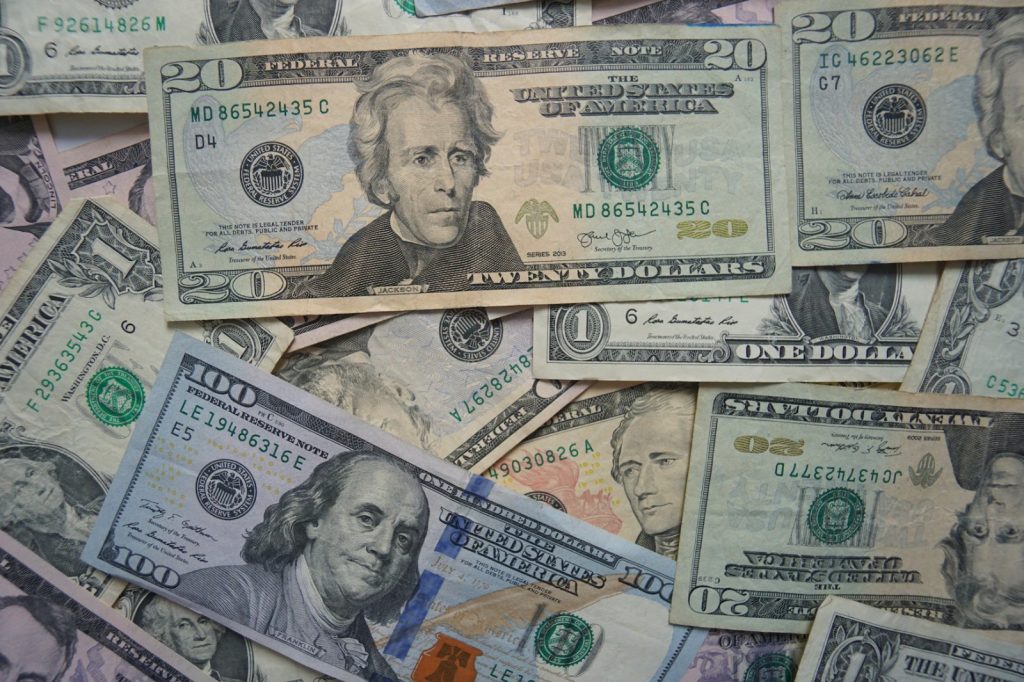The Federal Reserve wrapped up 2022 by imposing a 0.5% rate increase in December, raising its benchmark interest rate to the highest level in 15 years. The step marked the seventh consecutive rate hike for 2022.
Moving onto 2023, there are increased indications that the financial body will continue its rate hiking cycle throughout this year, with the possibility of some breaks or reductions based on various factors.
Analysts expect the Fed to implement another hike on February 1, 2023, probably by 0.25 percentage points to bring the overnight borrowing rate near 4.5%-4.75%.
An overview of the interest rate hikes in 2022
Back in 2021, a combination of COVID-19-induced supply chain disruptions, suppressed consumer demand and optimistic financial market conditions spurred decades-high inflation.
In response, the Federal Reserve tightened its monetary policy and began raising interest rates from March 2022 onwards, starting with a 25-basis point increase. In the following months, the bank kept increasing rates by 50 bps – 70 bps to tame inflation.
The consumer price index, which is the benchmark of US inflation, topped at a 9.1% annual rate in June 2022, depicting the largest y-o-y increase in more than four decades.
However, the final quarter showed signs of lowering inflation and better-than-expected job gains as measured by Non-farm payrolls. While this tumultuous situation caused significant distress for Wall Street investors, forex and CFD traders were presented with favorable opportunities. It is because CFD platforms like easymarkets.com allow traders to capitalize on both market directions.
A complete Fed pivot is not on the horizon until late 2023 or 2024 unless the recession unfolds
In the first half of 2023, the Fed is expected to continue with its rate hike cycle till the central bank decides to hold rates steady. But the direction of monetary policy in the second half of this year largely depends on the state of the economy at that time. In general, it is likely that interest rates will remain high for most of this year, with a low probability of a Fed pivot. It is only in the case of significant economic deterioration that the Federal Reserve could consider cutting rates in the latter part of 2023.
BofA Securities forecasts that the Fed will push interest rates to a range of 5% to 5.25% before pausing at the May 2023 FOMC meeting. However, this soft-landing scenario is reliant on favorable inflation figures and perhaps some cooling of the jobs market.
JP Morgan strategist Julia Wong also predicts that the Fed will not pivot from interest hikes until the end of 2023. She explains that strong GDP and labor market data would support the economy as the Fed keeps scaling up the rates.
The inflation scenario will be a major driver of the Fed’s monetary policy in 2023
As mentioned previously, subsiding inflation may prompt the Federal Reserve to re-evaluate its tightening policy stance.
In the latter part of 2022, the CPI reports suggested that inflation has reached its peak and is now declining. However, bank officials have emphasized the importance of a consistent decrease in inflation and cautioned against basing decisions on short-term trends.
In the words of Fed Chair Jerome Powell, “Inflation data received so far for October and November show a welcome reduction in the monthly pace of price increases. But it will take substantially more evidence to have confidence that inflation is on a sustained downward path.”
Overall, a consistent decline in inflation along with a slowing economy may stimulate the Fed to change its direction. But at present, there is little to no anticipation of a pivot in the near future.
